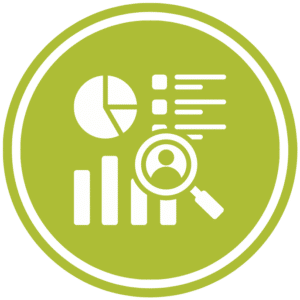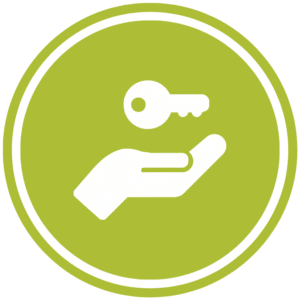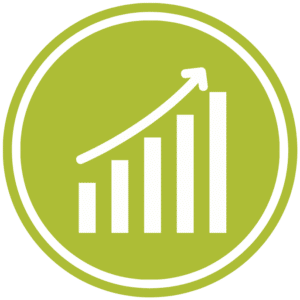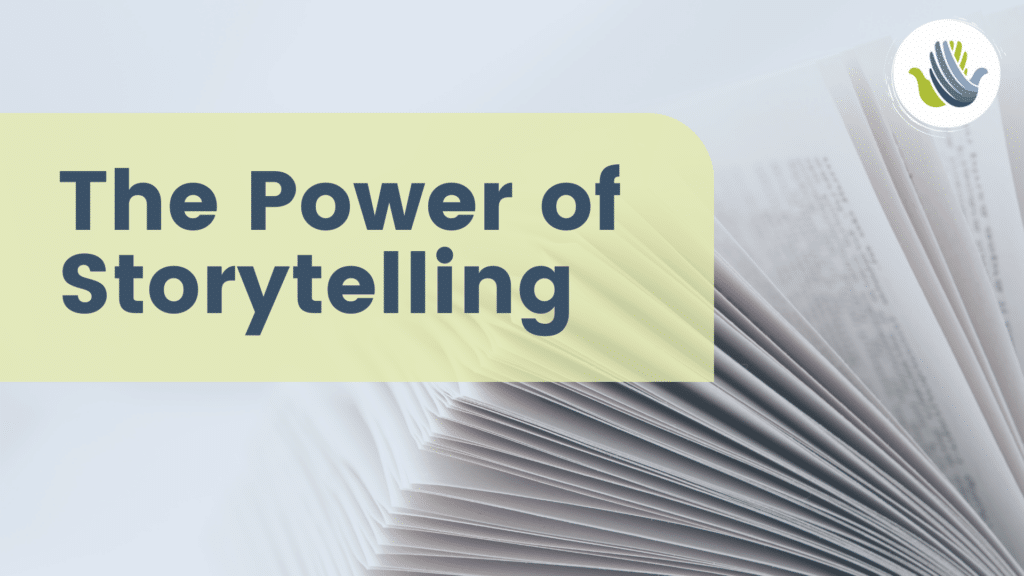Do me a favor. Grab a blanket, pull up a chair, and get comfy. Can I make you a cup of herbal tea? Would you like a freshly baked crumpet? Pretend the glow from your monitor is actually a lovely fireplace to really set the mood. Let’s gather around so we can discuss the power of storytelling.
What is it about stories that holds our attention and has fascinated us for thousands of years? There are probably dissertations written on the subject, but some of the main factors are the ability for a writer/speaker to create an emotional connection with their audience; help audiences understand information; allow them to understand other people’s experiences; and even become more empathetic.
One of our clients, Water Street Mission, writes moving stories about how their work positively impacts the lives of their guests. You can read their stories here.
While we highly recommend that all mission-driven organizations publish human-interest stories like these, we wanted to specifically talk about how Salesforce allows you to tell a different kind of story: a data story.
How to Tell a Data Story
Telling a data story in Salesforce can be a powerful way to communicate insights and drive decision-making within your organization. Here are some steps you can follow to effectively tell your story:

Identify Your Audience: Determine who will be consuming your data story and tailor your message accordingly. Are you speaking to your board, funders, members of your community? Each audience will have different needs and priorities.



“If you’re going to have a story, have a big story, or none at all.” Joseph Campbell, mythologist, writer, and professor
Why Tell Your Data Story?
Telling the story of your organization is crucial because it helps you build and maintain your reputation, establish your values, and communicate your mission and goals to stakeholders. Inspire your community to get involved! After all, we all understand the most important element of an uplifting story, “and they all lived happily ever after.”

Marjorie lives in Saint Louis, Missouri. She received her Master’s degree in English from Truman State University. Her responsibilities at Provisio Partners include content creation and technical writing.

